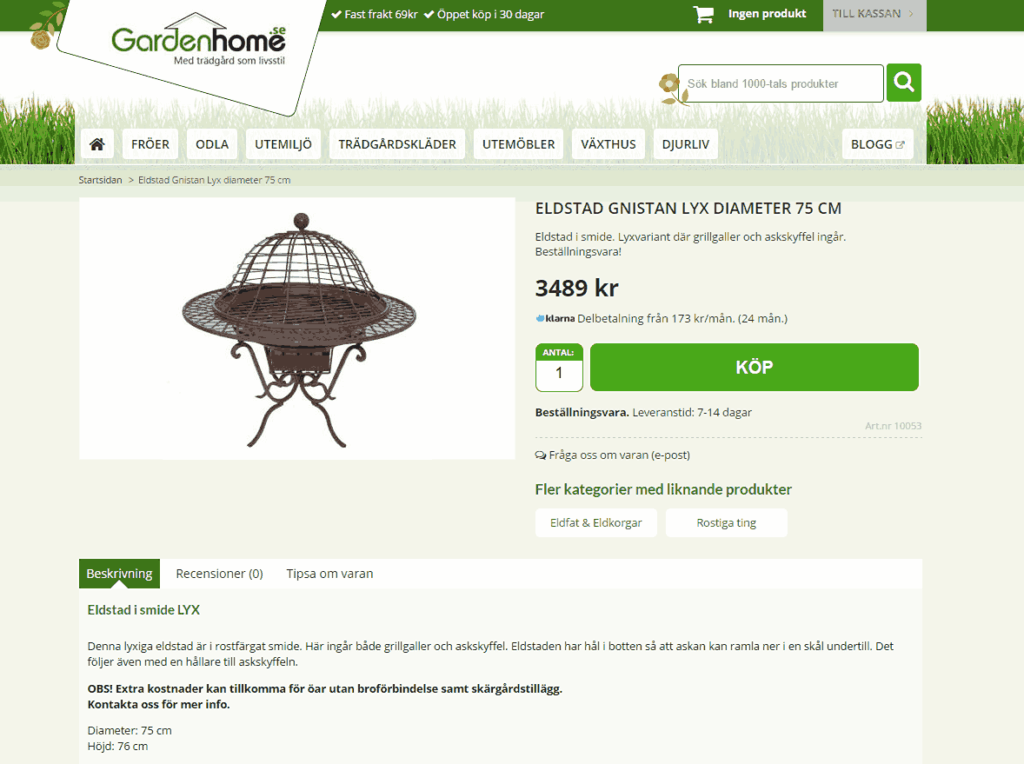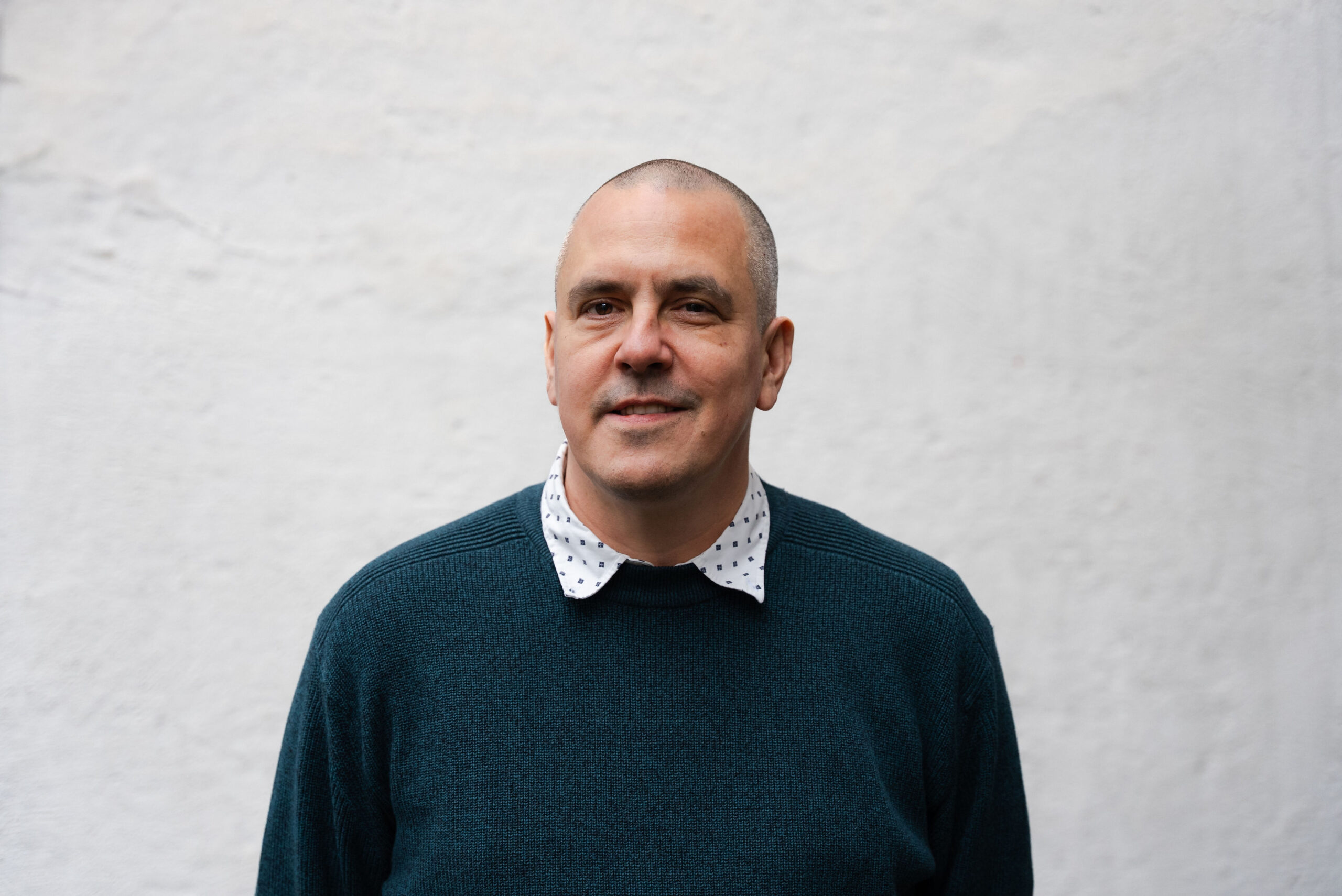
Conversion Optimization is the process of turning visitors into customers. CRO (Conversion Rate Optimization) often goes hand in hand with SEO and paid search advertising, and today, we’ll take a closer look at it.
The core of conversion optimization is getting visitors to do what you want them to do on your site or page. If you run an e-commerce business, the goal is almost always for the visitor to make a purchase, but on other types of websites, it could also mean actions such as signing up for a newsletter, requesting a quote, or even as much interaction as possible (if ad views are the goal).
How do you start with conversion optimization?
The first step for almost everyone working with conversion optimization is to clearly define goals and determine how to measure them. This might sound extremely basic, but let me use this website as an example. Our general goal is to attract more customers with larger budgets. It’s not easy to measure directly, which is why we’ve broken it down into more actionable goals. We define the goals as visitors who get in touch with us, either via form, email, or phone.
A visitor getting in touch doesn’t necessarily mean they’re a new customer, but once they’ve done so, we know who they are and what they want. Before they do one of the above three actions, we have little to no idea about who the visitor actually is. So, we’ve defined these three as conversions.
The next step – Decide
The next step is to decide and focus. Every visitor will first land on a page on your site, a landing page. Once the visitor lands on their landing page, what do you want them to do there, and how can you make it easier for that to happen?

Let’s look at an example. Gardenhome.se, one of our own projects. Generally, in the store, we want the visitor to buy gardening products. On the specific page we see in the picture, we want them to buy Gnistan. Now, this is not a conversion miracle; we’ve just started our work with Gardenhome’s conversion rate, and it’s a process that takes time.
From the goals of individual pages, you set the plan. Start by understanding what’s stopping the visitor. It’s often a matter of removing barriers to the visitor purchasing the product on that page. There can be many issues, such as the page not inspiring enough trust, or perhaps it’s unclear what action the visitor is supposed to take on the page?
Often, a way forward is to remove unnecessary elements, making it simple for the visitor to understand what you’re offering. Furthermore, you’re in luck because you don’t have to be perfect right away—you’ll have the opportunity to test and optimize over time.
Tools for Conversion Optimization
Fortunately, there are tools available to help move things forward, otherwise, we’d all just be groping in the dark. It’s all about A/B split testing or multivariate testing. The idea behind A/B split testing is simple: you show one version of the page to some visitors and another version to others. Once you’ve gathered enough data, you’ll know which version works best. You’ll then base your next iteration on that.
Multivariate testing is a bit smarter because it allows you to test more variables simultaneously. To run these tests, there are tools, and we have two favorites among them:
Use the data for conclusions
Once you’ve gathered data on how visitors react to your changes, you need to draw conclusions. Why is one version of the page better at converting than the other? Can you take it even further, or is there something else missing right now? You must go back to the planning stage and understand what needs to be done with your newly optimized page. What is missing on it to further improve conversions?
Now you can iterate the process again and again. Plan, implement, measure, and draw conclusions.
Summary of the method
Start by defining what you want to achieve. What is a conversion? The next step is to understand what the visitor needs to do what you want them to do. Implement and test your hypothesis. After receiving the test results, go back and analyze the page again, then implement and test once more. Keep repeating this process.
How does it relate to SEO and advertising?

In many steps, both in search engine optimization (SEO) and paid search advertising (PPC), focusing on conversion is crucial. It’s easy to think that conversion optimization starts when the visitor arrives, but to be truly effective, it needs to begin much earlier.
Take a moment to think about keyword analysis. Consider a visitor who searches for “Buy fire pit,” as in the example above. How likely is it that they will actually purchase the fire pit compared to someone searching for “How to make a fire”? It’s an extreme comparison, but all the pages in the search results for “What is a fire pit” or “Free fire pit” might still be relevant. However, none of those keywords would be as likely to convert as “buy fire pit.”
You also get better control over what is expected from each page on the site. With a well-executed SEO and keyword analysis, you already know what the visitor is looking for on that specific page. This ensures that your offer is shown to the right people. For paid search advertising, this is especially important. Here, testing ads works in much the same way as we discussed testing landing pages earlier. The constant question is which converts best at the best price.
CRO and SEO are not the same
Lastly, there are those who claim that working with these disciplines is the same thing. They have many overlaps, but the work itself is fundamentally different. Building arenas and playing hockey might seem like the same job, but doesn’t it take specialized skills in both areas? Is it reasonable to expect NHL players to build their own playing fields?
 Magnus Bråth
Consultant & Adviser
Magnus Bråth
Consultant & Adviser
Magnus is one of the world's most prominent search marketing specialists and primarily works with management and strategy at his agency Brath AB.
